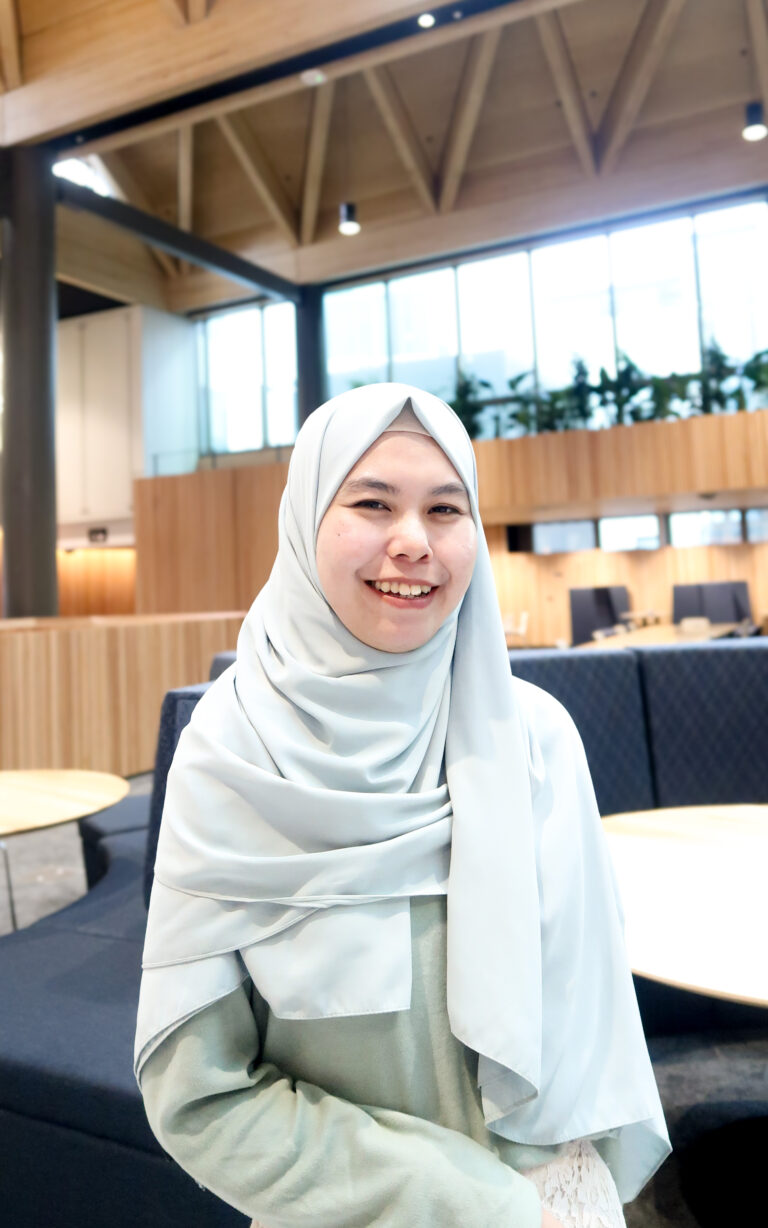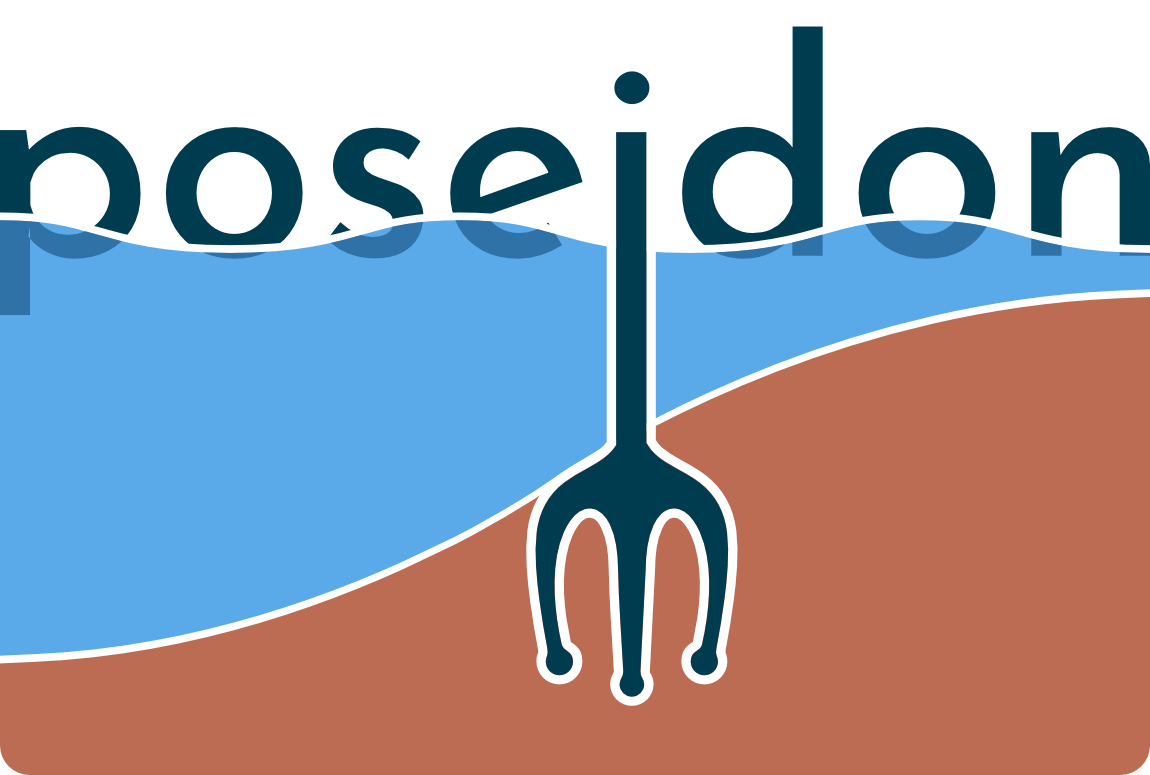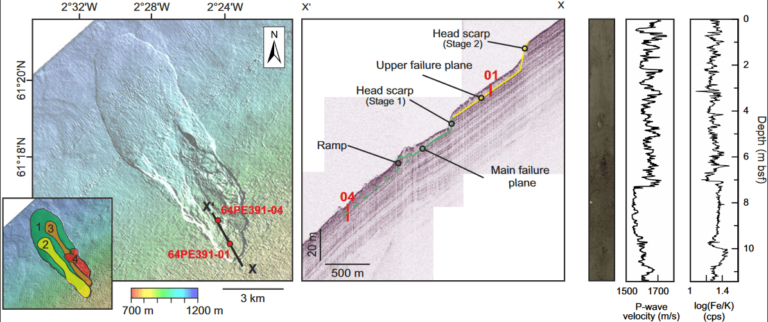Dina Hanifah
I am Dina Hanifah, a Marine Geologist originally from Indonesia. With every dive into professional experiences through interdisciplinary research and collaboration, my expertise spans geology and marine science, with a focus on sedimentology, marine geology, and oceanography. Growing up in the world’s largest archipelago—surrounded by two vast oceans and situated along the Pacific Ring of Fire— I developed a deep-seated passion for understanding marine geohazards and their impacts on coastal regions and critical offshore infrastructure. This journey began with a Bachelor’s degree in Geological Engineering from Jenderal Soedirman University, Indonesia, where I built a strong foundation in earth sciences. My passion has since taken me across the globe, where I earned a dual Master’s degree—Master of Science in Marine and Lacustrine Geosciences from Vrije Universiteit Brussel-Universiteit Gent-Universiteit Antwerpen in Belgium, supported by the prestigious VLIR-UOS scholarship; and Master of Engineering Geology from The University of Auckland, New Zealand, fully funded by the Manaaki New Zealand Scholarship.
My professional experiences have provided me with a global outlook and the opportunity to hone advanced skills in sediment coring and analysis, underwater mapping and sampling, and using cutting-edge tools for offshore exploration and oceanographic data processing, including GIS. I have participated in transformative international collaborations, such as the “Geologic Champagne” subproject in New Zealand, where I investigated the interplay between seafloor morphology and ocean currents as part of a wider effort to understand CO2 release mechanisms from the subducted Hikurangi Plateau. Recently, I served as an at-sea marine geologist during a West Pacific Ocean expedition with the International Seabed Authority (ISA), in collaboration with KIOST and Ministry of Oceans and Fisheries, Republic of Korea, focusing on cobalt-rich ferromanganese crusts. Beyond these projects, I have been actively engaging in global IODP-related initiatives, associated with ANZIC and ECORD, enhancing my technical expertise and expanding my collaborative global network.
Starting December 2024, I am excited to embark on my PhD journey as part of the POSEIDON project at MARUM, University of Bremen, under the DC10 framework of the Marie Skłodowska-Curie Actions programme. My research focuses on the characterisation and role of sediment lithology in submarine landslide behaviour, bridging micro-scale sediment characteristics with macro-scale geohazard processes. By integrating geophysical methods, sedimentological analyses, and geotechnical experiments, my work aims to contribute to enhancing offshore infrastructure resilience against climate-driven challenges. With a commitment to drawing on my global experiences and interdisciplinary expertise, I look forward to advancing our understanding of marine geohazards and contributing to a safer and more sustainable future.




